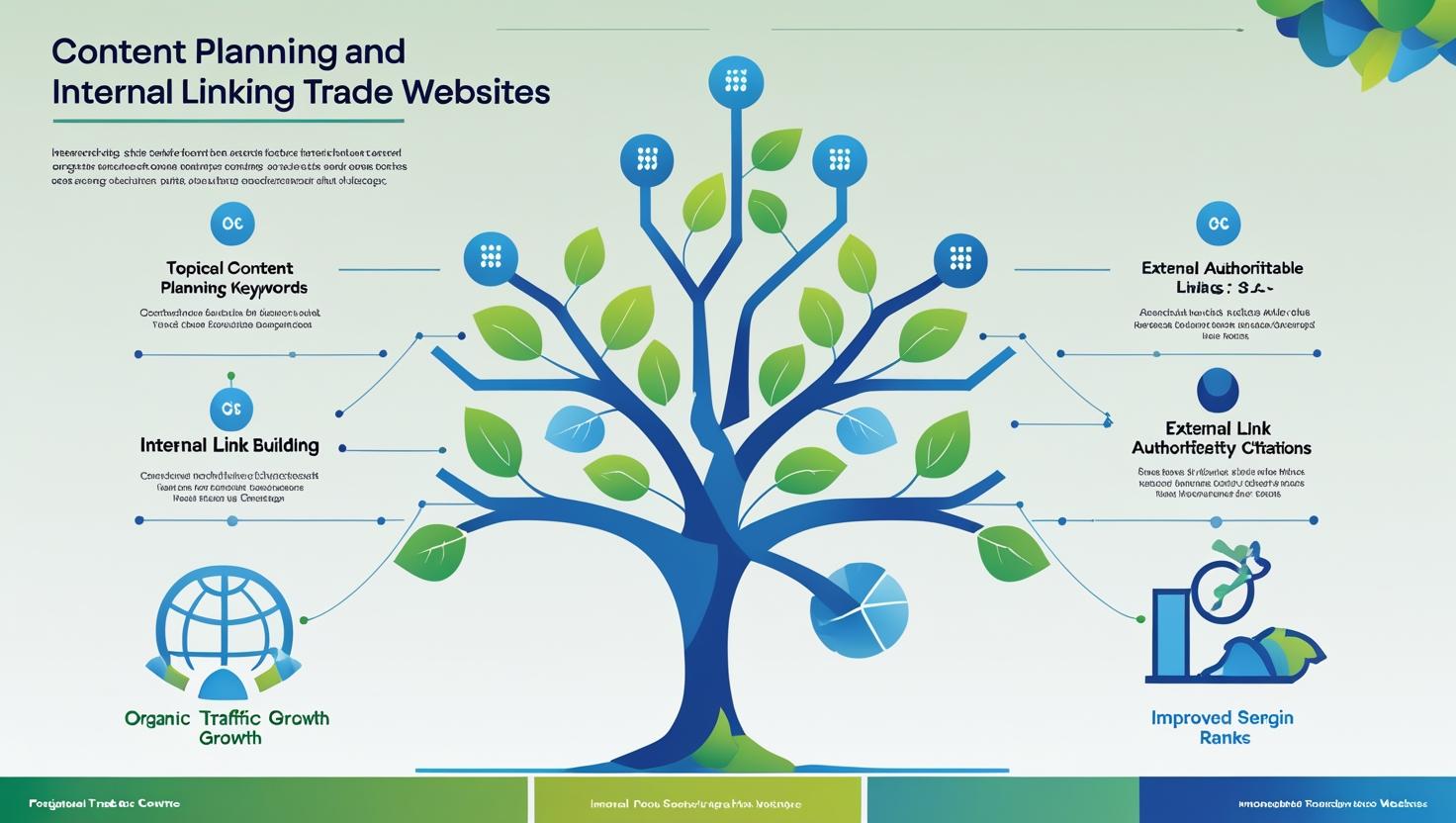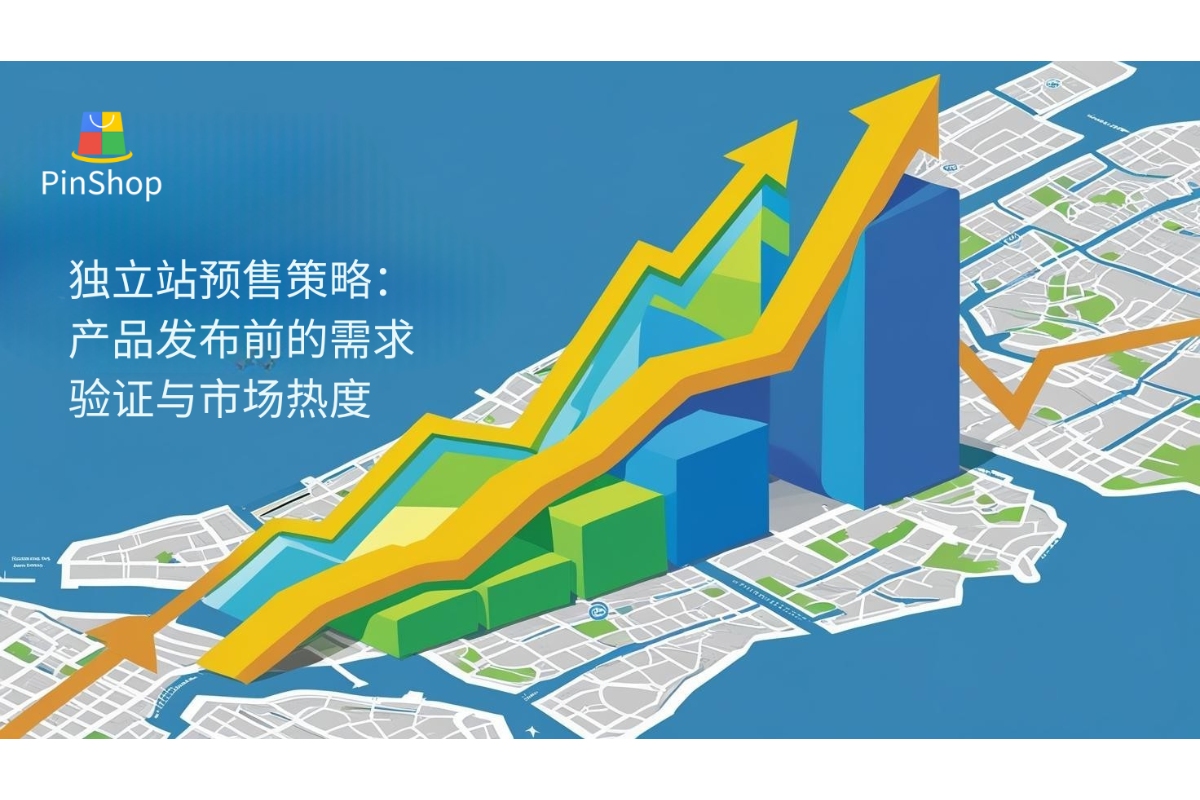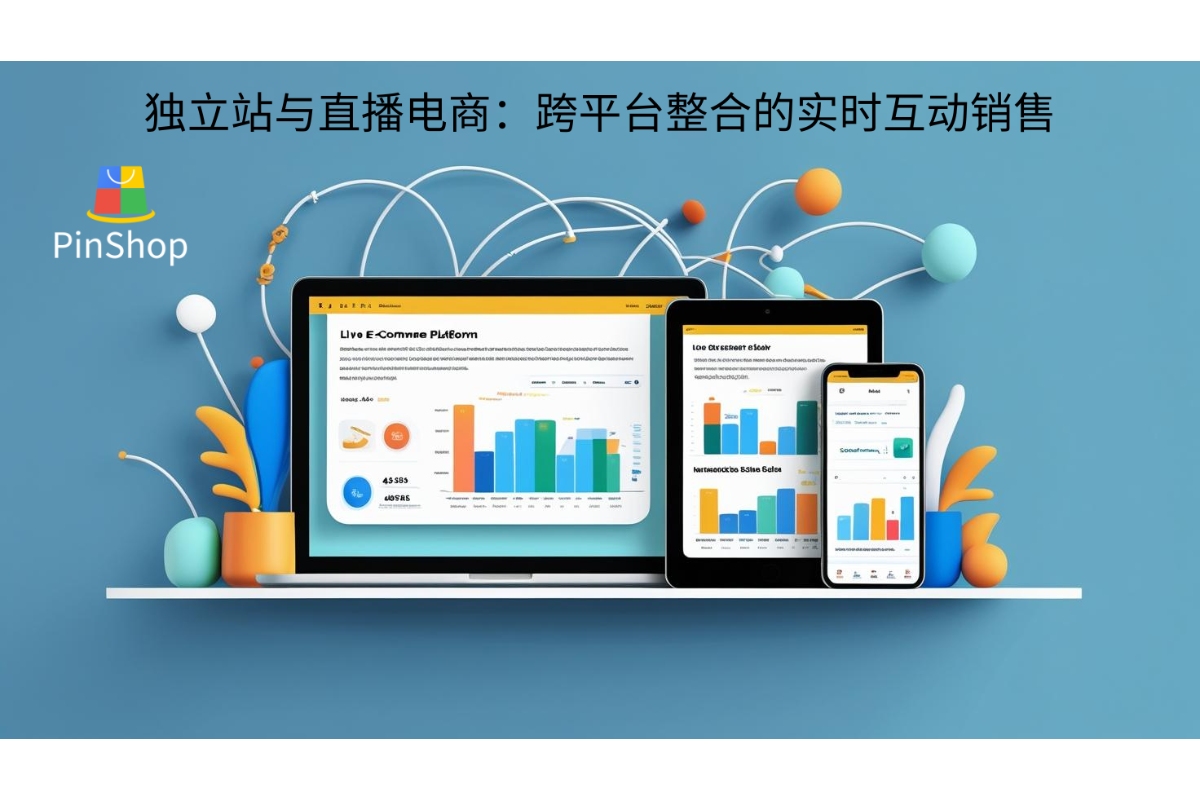In the globalized world of competition, the search engine visibility of foreign trade websites directly impacts a company's ability to acquire and convert overseas customers. According to Search Engine Journal , a well-defined keyword strategy can increase a foreign trade website's organic traffic by over 40%. Therefore, a sound SEO keyword strategy is crucial for foreign trade websites.
1. Keyword research and stratification strategy
Keywords are the foundation of SEO. Foreign trade websites should be managed in layers according to their business characteristics:
Core keywords : For example, "foreign trade website", covering the company's main business and main products.
Long-tail keywords : such as "foreign trade website building platform" and "foreign trade website content optimization" can more accurately match the search intentions of potential purchasing customers.
Regional or industry keywords : Combined with the characteristics of the target market country and industry, such as "European and American foreign trade website optimization", "machinery foreign trade website construction".
Use Google Keyword Planner or Baidu Index to analyze search volume and competition to ensure scientific and effective word selection and improve layout hit rate.
2. On-page SEO optimization and keyword application
The keyword layout of foreign trade websites is not limited to content, but also involves page structure optimization:
Title and Meta : Naturally integrate core keywords into H1 titles, page titles, and Meta descriptions to improve search engine matching.
Content body : Keywords should be evenly distributed in the first paragraph, main body and closing paragraphs, integrated naturally, and avoid piling up.
URL and Slug : Make sure the URL is short and contains core keywords to facilitate search engine recognition.
According to Moz 's research, page structure optimization and natural integration of keywords are key factors in improving website rankings.
3. Content Planning and Internal Linking Strategy
The SEO effect of foreign trade websites not only depends on single-page optimization, but also needs to improve the overall weight through content planning and internal links:
Thematic content planning : Generate a series of blogs or product content around the core business, covering long-tail keywords.
Internal link building : By linking related pages to each other, the search engine’s understanding of the website structure is enhanced and the page weight distribution is improved.
External authoritative citations : Appropriately incorporate data from international organizations or industry associations, such as the International Trade Centre (ITC) , into content to enhance its credibility.
Effective content planning and internal link strategies can enable foreign trade websites to obtain more natural traffic and potential customer reach opportunities on search engines.

4. Multilingual and International SEO Layout
Foreign trade websites are oriented towards the global market, so multilingual SEO layout cannot be ignored:
hreflang tag : helps search engines identify different language versions and improve international search matching.
Localized keywords : Optimize keywords based on the target market language to increase local search engine inclusion rates.
Content consistency : Ensure that information on pages in different languages is consistent, taking into account cultural differences and reading habits.
According to the recommendations of W3C and Google Search Central , international SEO optimization can significantly increase the exposure and conversion rate of cross-border business websites.
5. Data analysis and continuous optimization
SEO layout is not a one-time process, but a continuous iterative process:
Traffic monitoring : Use Google Analytics and Baidu Statistics to monitor the traffic and conversions brought by keywords.
Keyword adjustment : Dynamically adjust layout strategies based on traffic and competition conditions to optimize long-tail keyword coverage.
Content updates : Regularly update old content to keep pages active and relevant, and improve search engine trust.
Through data analysis and continuous optimization, foreign trade websites can steadily improve their search rankings and achieve long-term sustainable customer acquisition.
Summarize :
SEO keyword placement strategies for international trade websites encompass keyword research, page optimization, content planning, internal link building, and multilingual international SEO deployment. Scientifically implementing these strategies, combined with ongoing data analysis and optimization, can improve a website's search rankings and overseas customer conversion rates. The Pinshop website building platform provides one-stop SEO optimization tools, supporting keyword placement, content management, and multilingual website development, helping companies quickly enhance the competitiveness of their international trade websites.
Pinshop website building platform CTA :
Want to increase global exposure and reach targeted customers for your foreign trade website? Try Pinshop now and experience how to easily achieve efficient SEO layout and multilingual optimization!

Recommended article: Foreign trade website customer management and follow-up process optimization






